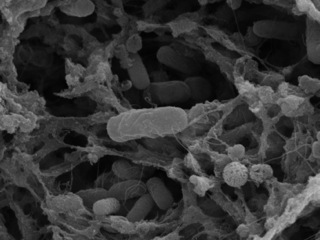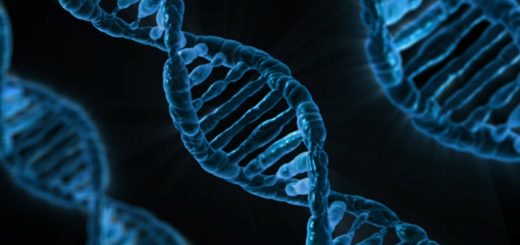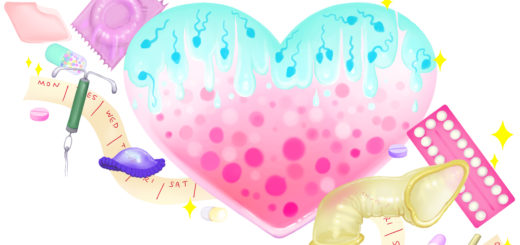Weapons of tumour mass destruction: a role for bacteria in the war on cancer

To you and I, bacteria are disease-causing agents responsible for cholera, typhoid fever and that nasty bout of diarrhea after a dodgy kebab. To some bacteriologists and oncologists however, bacteria are a promising alternative therapeutic strategy for multiple subtypes of cancer. We have known since the late 1800s that bacteria have the potential to reduce the size of tumours, but it is only in the last ten years that we are beginning to understand how and why this is.
Salmonella is a bacterial species which has been intensely studied for its tumour destruction abilities. It is probably better known for causing the aftermath of that questionable kebab on a Saturday night. Recently however, Salmonella has been gaining recognition as alternative option in the treatment of cancer and has been seen to find and kill tumour cells in multiple animal models.
What’s wrong with current cancer chemotherapeutics?
Chemotherapy is a common treatment option for cancer, especially when a tumour (or tumours) can’t be surgically removed. The measure of a good chemotherapeutic drug is its ability to find and kill only tumour cells effectively, whilst leaving normal, healthy cells unharmed. Some tumour types are more distinguishable than others for these drugs. Patients who have tumours which are difficult to distinguish often experience painful and uncomfortable side effects, such as chronic nausea and hair loss due to normal, healthy cells also being damaged. Therefore, researchers must continue to find other strategies which only target tumours whilst leaving healthy cells unaffected.
How can bacteria be more selective in finding tumours than drugs?
Salmonella are constantly on the look out for their next meal. A tumour is essentially a mass of cells that is constantly growing outwards. This means that cells at the centre of the tumour become further and further away from blood vessels which are required to provide the tumour cells with food and energy. As a result, cells at the centre of a tumour are mainly dead or dying due to starvation and release their contents into surrounding the area. These contents serve as a tasty meal for bacteria, which are attracted towards the tumour.
Furthermore, as tumours grow outwards they create new, disorganised blood vessels which surround them. These chaotic blood vessels are known to have higher blood pressure which can force bacteria out of the flowing blood and into the tumour mass, helping bacteria to accumulate only in tumours 1.
Lastly, the bacteria can accumulate inside the tumours because here they are shielded from the immune system. Tumour cells have a way of hiding from our immune system which allows them to grow without our bodies realising there is something wrong. Our immune system normally clears out Salmonella within a few hours (which is why the painful effects of the kebab are short lived), but when the bacteria accumulate in the tumour they are protected; a privilege they don’t experience in normal, healthy cells. A combination of these three processes result in the bacteria only accumulating in the tumour cells. However, once they have infiltrated the tumour mass, what next?
Unleashing tumour mass destruction
Tumour cells, like bacteria, need a lot of nutrients to keep growing. When bacteria are present in the tumour mass, they devour the nutrients in the vicinity. This means that the tumour cells are starved and growth of the tumour is stalled.
Although this is an effective method of stopping tumour growth, perhaps the greatest weapon in Salmonella’s arsenal is its ability to activate an immune response against the tumour. Bacteria contain many signals on their surface which immune cells recognise, causing them to launch an offensive to kill the invading bacteria. Therefore, as the bacteria accumulate in the tumour mass, the immune cells are directed to this location. The tumour, which once enjoyed an undercover status, is now exposed and vulnerable to attack. Immune cells recognise that the tumour cells are abnormal and send for reinforcements to destroy the tumour mass 2.
These weapons of Salmonella can inhibit tumour growth and even make the tumour shrink, but sometimes even they are not enough.
The arms race continues
Although using Salmonella as a strategy for cancer treatment has been seen to work quite well in animal models, when tested in human clinical trials tumour inhibition was not as evident. Therefore, many researchers are working to develop more destructive strains of Salmonella to achieve greater tumour shrinkage. There are different strategies which could be employed to make the Salmonella more potently tumouricidal. Salmonella can be used to deliver cancer-killing genes to tumours to induce tumour cell death. Salmonella can even be used to deliver toxic molecules such as chemotherapeutic drugs. The delivery of these can be restricted to tumour-specific environments which the bacteria can distinguish. This reduces the risk of a highly toxic bacterium releasing the chemotherapeutic drug or cancer-killing gene into any cell that isn’t a tumour cell, further enhancing the tumour-specific behaviour of Salmonella 3.
These are only a few examples of possible strategies we can use in this war; there are a plethora of others being investigated to increase the tumouricidal potential of Salmonella and other bacterial strains. We have only recently come to acknowledge a role for bacteria in the field of cancer research, and are only beginning to understand the full potential of this treatment strategy . Many studies are on-going, especially here in Glasgow, and it will be fascinating to see what weapons emerge in the war on cancer in the coming years.
This article was specialist edited by Emma Briggs and copy edited by Andrew Denman.










